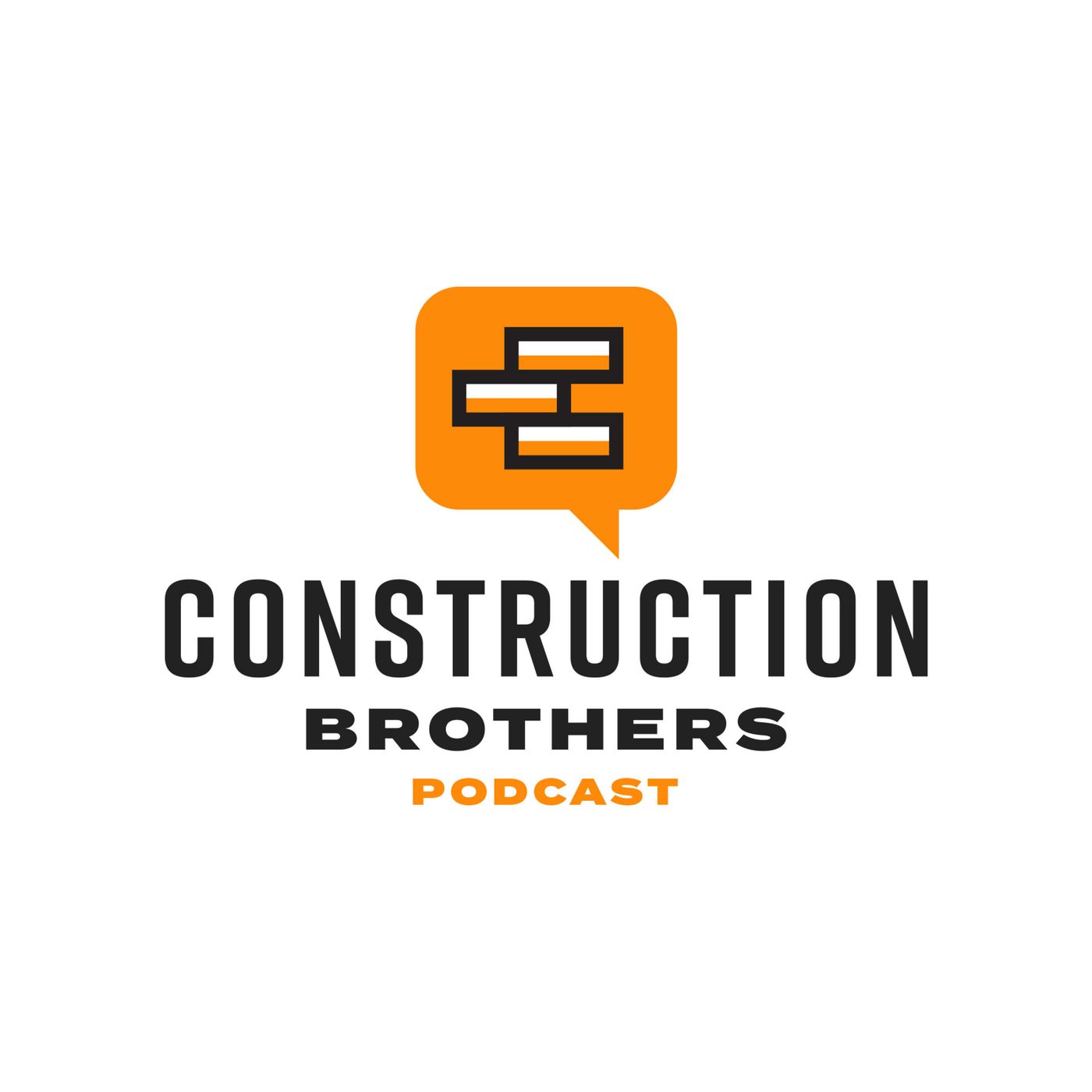Construction Brothers
Computer Vision in Construction (feat. Marty Beard)

It feels like this episode should come with an image of Max Headroom in a hard hat. (If you’re younger than 40, we’ll let you research that reference.) Our guest today is Marty Beard, founder of alwaysAI, a company that uses AI to expand the functionality of basic video cameras. To see a more detailed overview of alwaysAI technology, see this article, which includes a video with Marty. He and his founding team saw what was happening in AI in relation to voice and realized that vision was likely to have an even greater connection with AI. Marty explains that an AI model can be built that is able to identify helmets, goggles, vests, and anything else visually identifiable. Rather than directly programming the computer through code, their approach uses machine learning. The operator presents the computers with as many varied images as possible of the objects to be identified, allowing the computer to recognize patterns after asking, “What’s this?” dozens, hundreds, or thousands of times. Each safety-centered application of this technology has its own “safety index” connected to a metric. A construction company, for instance, might have a threshold of 75% compliance. If safety-gear compliance drops below that point, action must be taken. Marty gives an example of a timber-processing facility that needed AI to distinguish between single boards and stacks of boards. It was also able to spot knots that might cause saws to bind and kick, giving operators a helpful heads-up. Getting into the nuts and bolts of the process, Marty explains that most of the video footage they work with is gathered by inexpensive IP cameras. That visual data is then gathered on a computer for analysis. The algorithm that does the learning (technically called inference) exists either on this computer or in the cloud. The data is analyzed in accordance with customized programming, and then the software pumps usable output data to the user and issues notifications. Eddie asks for some of the most interesting applications of this technology. Here are a couple that Marty mentions:
- Mining companies that analyze how long it takes to go through all of the phases in the entire mining cycle - Amazingly, this can be done with just a couple cameras watching … This data enables them to improve their efficiency by maybe 1% each day, which could translate to $100,000 a day.
- Fast food companies that analyze their burger-assembly process in order to cut wasteful steps
- A defense contractor that does night-time object detection to assess threats
- Body-movement analysis in sports–comparing positions and movements to scoring outcomes
- Broadcast on:
- 08 Mar 2023
It feels like this episode should come with an image of Max Headroom in a hard hat. (If you’re younger than 40, we’ll let you research that reference.) Our guest today is Marty Beard, founder of alwaysAI, a company that uses AI to expand the functionality of basic video cameras. To see a more detailed overview of alwaysAI technology, see this article, which includes a video with Marty. He and his founding team saw what was happening in AI in relation to voice and realized that vision was likely to have an even greater connection with AI. Marty explains that an AI model can be built that is able to identify helmets, goggles, vests, and anything else visually identifiable. Rather than directly programming the computer through code, their approach uses machine learning. The operator presents the computers with as many varied images as possible of the objects to be identified, allowing the computer to recognize patterns after asking, “What’s this?” dozens, hundreds, or thousands of times. Each safety-centered application of this technology has its own “safety index” connected to a metric. A construction company, for instance, might have a threshold of 75% compliance. If safety-gear compliance drops below that point, action must be taken. Marty gives an example of a timber-processing facility that needed AI to distinguish between single boards and stacks of boards. It was also able to spot knots that might cause saws to bind and kick, giving operators a helpful heads-up. Getting into the nuts and bolts of the process, Marty explains that most of the video footage they work with is gathered by inexpensive IP cameras. That visual data is then gathered on a computer for analysis. The algorithm that does the learning (technically called inference) exists either on this computer or in the cloud. The data is analyzed in accordance with customized programming, and then the software pumps usable output data to the user and issues notifications. Eddie asks for some of the most interesting applications of this technology. Here are a couple that Marty mentions:
- Mining companies that analyze how long it takes to go through all of the phases in the entire mining cycle - Amazingly, this can be done with just a couple cameras watching … This data enables them to improve their efficiency by maybe 1% each day, which could translate to $100,000 a day.
- Fast food companies that analyze their burger-assembly process in order to cut wasteful steps
- A defense contractor that does night-time object detection to assess threats
- Body-movement analysis in sports–comparing positions and movements to scoring outcomes